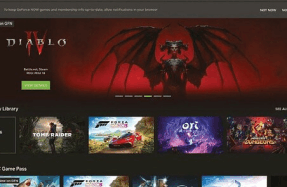
Switch on an 8-bit computer from the 1980s and you’re likely to see a “ready” prompt. As a PC Pro reader, no doubt you have a good idea of what to do next, but most people would struggle. After all, these machines were created in the days before the graphical user interface (GUI) was commonplace. Computers had a much steeper learning curve as a result; it’s just we didn’t realise it at the time.
“The original 8-bit operating systems of the early 1980s were mostly BASIC programming language interpreters with additional DOS features,” recalled Jörn Mika, a digital creator from Germany. “You could either start developing your own programs right away or simply run programs from tape or floppy disk, but it wasn’t frustrating since you didn’t know anything other than a command line.”
However, by the mid-1980s developers were understanding how unfriendly those interfaces appeared. Taking cues from the first GUI that had been developed at Xerox PARC for the Alto personal computer, as well as the commercial Xerox Star workstation that followed in 1981, GUI OSes soon became standard.
This was thanks in no small part to a young Steve Jobs, who was inspired by the Alto GUI to spearhead development of the Apple Lisa, the first computer to present a GUI to the public in 1983. Microsoft then followed suit with Windows in 1985.
“In the second half of the 1980s, I saw the Amiga Workbench and was very sad that I didn’t have such a wonderful system with multitasking and GUI on my 8-bit machine,” Mika said.




